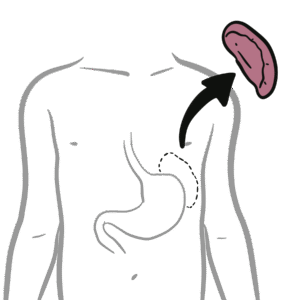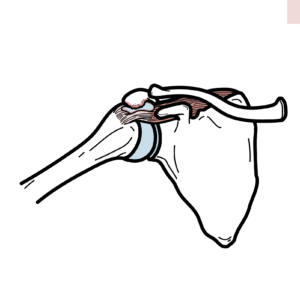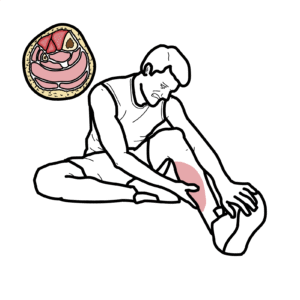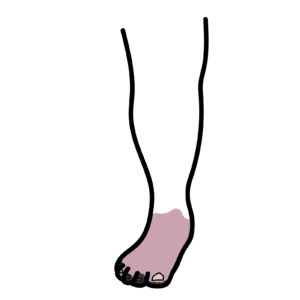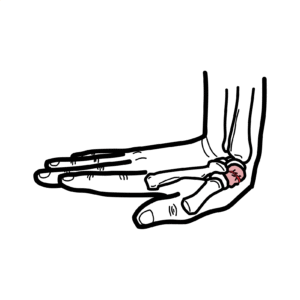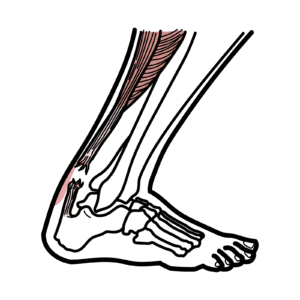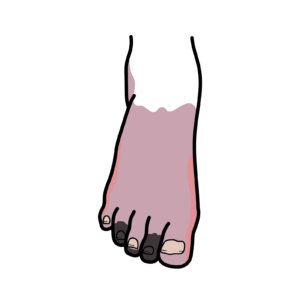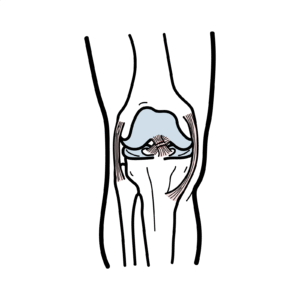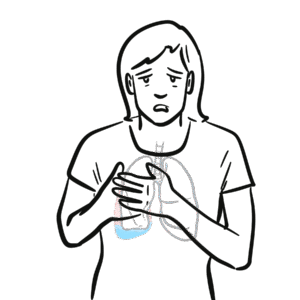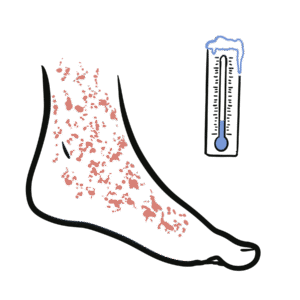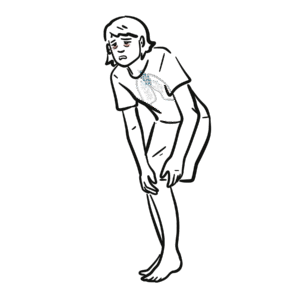DiGeorge and Job syndrome – well-defined immunodeficiencies
George syndrome (22q11.2 deletion) and Job syndrome (hyper-IgE) explained with clear clinical signs and immune defects. Learn how these well-defined genetic syndromes cause recurrent infections, immune dysfunction, and characteristic physical findings. This video breaks down DiGeorge syndrome’s pharyngeal pouch failure from chromosome 22 microdeletion—remember “catch 22”—and its CATCH-22 features: cardiac defects, abnormal facies, thymic hypoplasia, cleft palate, and hypocalcemia. Viewers will understand how thymic abnormalities impair T cell development, disrupt B cell function, and raise infection risk. You’ll also get a concise primer on hyper-IgE (Job) syndrome: an autosomal dominant disorder driven by STAT3 deficiency that produces combined B- and T-cell defects and markedly elevated serum IgE. The presentation highlights Job syndrome’s classic triad—atopic dermatitis, recurrent Staphylococcus infections, and recurrent bacterial pulmonary infections—plus mucocutaneous candidiasis and multisystem implications. Ideal for medical students, clinicians reviewing primary immunodeficiencies, or anyone wanting a focused clinical overview, the video emphasizes diagnostic clues, pathophysiology, and why these syndromes increase susceptibility to infection. Active examples and straightforward explanations make complex immunology accessible and clinically relevant. Watch to reinforce key associations, recognize hallmark signs, and improve diagnostic thinking for patients with recurrent infections and dysmorphic features. Subscribe for more concise immunology and clinical genetics reviews to deepen your understanding and support patient care.




